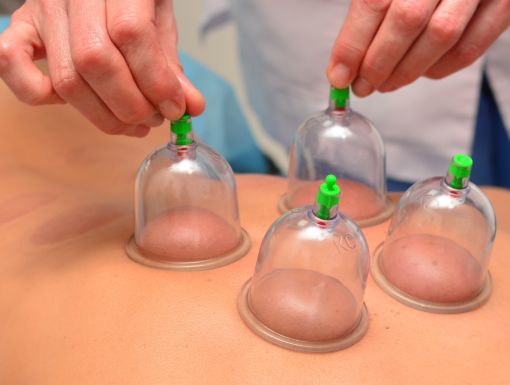
Dry Needling: The Basics
The Olympics recently brought “cupping” into the lime light and to many water cooler discussions. This technique has long been used by Physical Therapists, and its effectiveness comes as no surprise to those who are familiar with it. A close second hot topic, which rightfully deserves equal attention, is the application of Dry Needling.
So what is Dry Needling? Dry Needling uses Acupuncture-size needles strategically placed into the soft tissue to stimulate the body’s own restorative process. When the needle goes into the muscle, it creates a small lesion; the body reacts to this with increased circulation and delivery of needed nutrients and the exodus of metabolic byproducts that have collected in the painful area. This reaction is both local, and throughout the body.
A lot of fancy talk, but what does it mean for the patient? This increased circulation and remodeling process can reduce local tissue stress, normalize inflammation, increase range of motion, and most importantly reduce pain.
Who can benefit? Of course, athletes can experience improved results with increased performance with decreased recovery time, but the everyday person can benefit as well. Needling can reduce chronic pain resultant from muscle guarding, postural imbalance, nerve compressions or lesions. This includes patients of all age groups and activity levels.
So, who can Dry Needle? Dry Needling should be performed by healthcare practitioners who have completed training as an M.D, Physical Therapist, or Chiropractor. This education provides the proper anatomical background and physiological understanding to pursue this treatment. From there, practitioners must complete 50 hours of face-to-face hands-on training with a certified specialist.
Just like with anything else, there are some precautions. We would never needle anyone with a phobia of needles, cognitive impairments or communication barriers. We also steer clear of skin lesions, patients undergoing anticoagulant therapy, vascular disease, compromised immune system, or a history of hyperalgesia.



